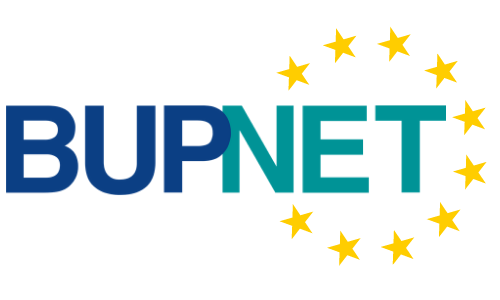The majority of managers and companies have faced daunting challenges to keep track of the emerging digital tools in the aftermath of the outbreak of Covid-19. Managers have been challenged by a double disruption brought by both the implication of COVID-19 for their business and the implication of the rapid digital transformation for the whole ecosystem and the future of businesses. Therefore, it is necessary to follow a logical and smooth process to identify the most suitable tools for each business.
Requirements and Needs assessment: Determining the processes and to-dos that the company would like to digitalize in order to overcome productivity killers and improve its processes for better outcomes.
Mapping alternatives and options: Learning from current and previous practices is key in digital transformation. Managers should identify learned lessons and best/good practices in addition to other possible alternatives that can be an option in future in case the requirements and/or the needs of the company change.
Assessing tools: Any tool has unique characteristics and a tool that fits one company or solves a specific problem can not necessarily work everywhere – there is no solution that fits all. Managers should constantly evaluate the used tools against the needs, requirements, outcomes, goals, etc.
Piloting possible options: Based on the assessment of different tools, a shortlist of some compatible tools should be tested several times with a small number of employees in order to assess their effectiveness before taking a decision on the rollout of a specific tool that meets the determined needs and requirements.
If you like content like the one posted above, you will find more in our upcoming PROSPER training modules.

